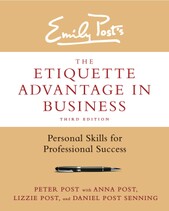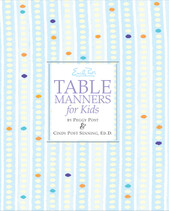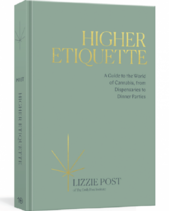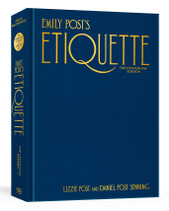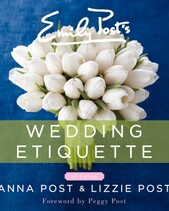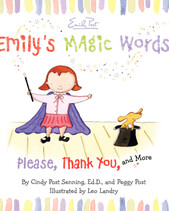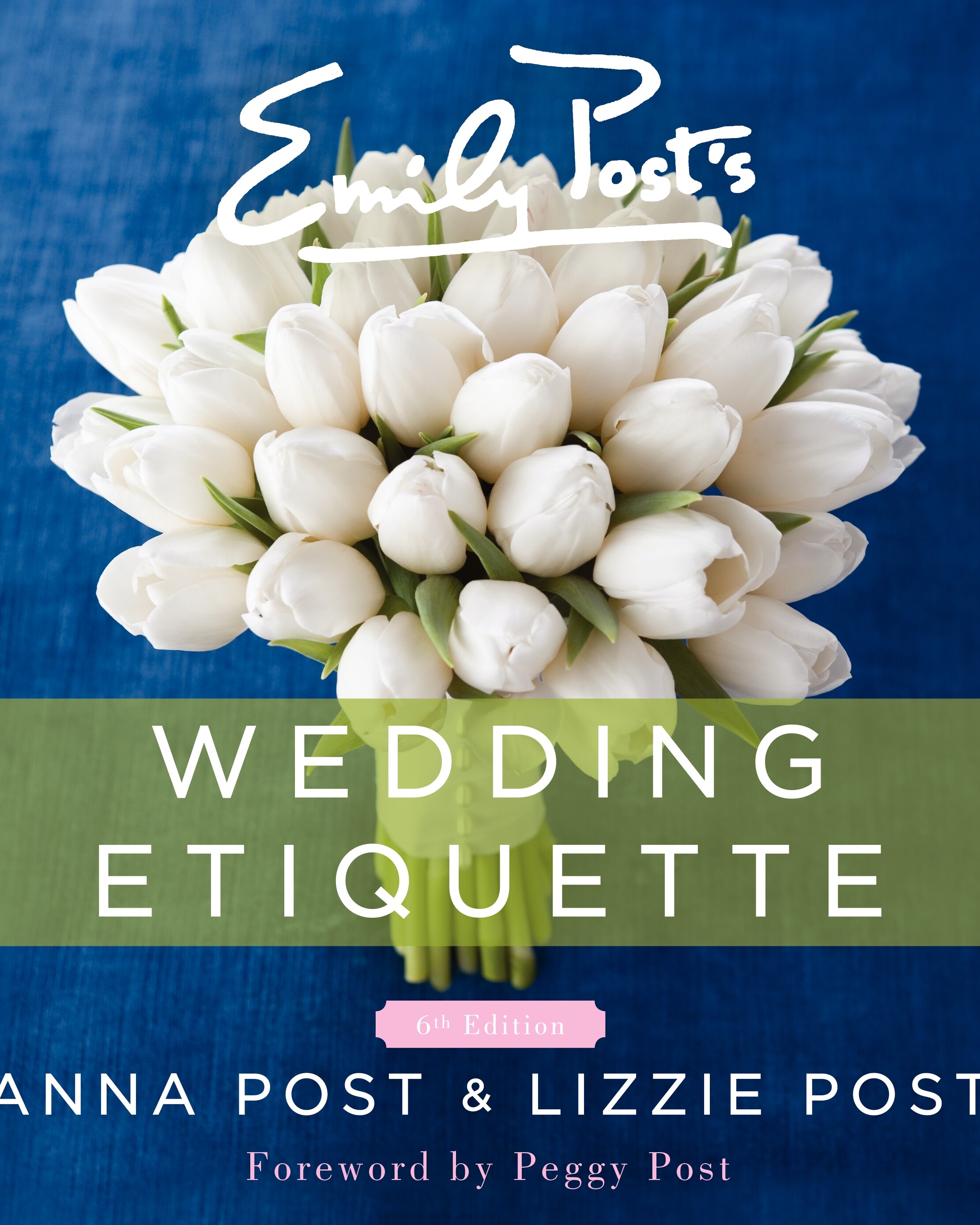
Inside Weddings: Printed Items for Your Wedding

However confusing, navigating the sleepy dirt roads of Vermont to four different weddings this summer proved charming. I left the directions to one wedding on the kitchen counter, and as I tentatively rounded a bend on what I hoped was the right road, I was relieved to see "Will and Susan's Wedding" on a painted wooden arrow. While not a required point of etiquette, it was a very welcome sight. And even though I was fairly sure I was at the correct entrance to the Stratton Mountain Resort, I was happy to see Dan and Kara's wedding sign assuring me that I could drive several miles up the secluded mountain road with confidence.
Charm and convenience are often misaligned these days, but not so at weddings. From programs to seating cards, table assignments to pew cards, couples can guide guests comfortably through the day with ease and a personal touch.
Admission and Pew Cards
Some wedding-day guidance arrives early in the form of admission and pew cards, which guests bring to the ceremony. Admission cards are necessary only when a wedding is held in a popular cathedral or church that attracts sightseers. To ensure privacy in these circumstances, each guest is asked to present his or her card when they enter. Generally engraved or printed in the same style as the invitation, the cards read: "Please present this card at St. Patrick's Cathedral on Saturday, the twelfth of June."
Called pew cards, small cards with "Pew Number __" engraved or printed on them may be enclosed with the invitations going to those family members and close friends who will be seated in reserved pews. Recipients take the pew cards to the ceremony and show them to the ushers, who escort them to their seats. Similar pew cards simply state "Within the Ribbon," indicating that pews or seats with white ribbons across the ends have been held for special guests. At seating, the ribbon is lifted or removed for guests to enter the row and then replaced. Guests who receive either type of pew card can sit anywhere within these rows or sections.
Wedding Programs
For those looking to be as green as possible, ceremony programs aren't required. They do, however, introduce guests to the wedding party, allow them to anticipate the ceremony (especially when the guests are of another culture or religion), and serve as keepsakes for sentimental guests like me. They can also emphasize the couple's personality with colors and design taken from the invitations and other printed materials. The program of one outdoorsy couple's wedding I attended used thin climbing rope to bind the programs; another beach-loving couple tied sand dollars to the corner ribbon binding of the programs.
Wedding Program Wording
List the order of events on the program; state who will perform or participate in them; and include the title and author, singer or composer of any readings or music used. The words of responses, readings, or songs that guests will be asked to participate in should be included; translations of foreign language passages are also a nice touch. Some programs also list the officiant, parents, and wedding party members; this is optional, and should be kept to names only. (Please note: There is no "master of ceremonies" at a wedding.) Programs are also well suited for a brief tribute to a deceased loved on the couple might wish to honor.
Printed Wedding Place Cards
Place cards preset at dinner tables or organized on an entry table by name with the table number marked are a must at all but the most casual of weddings. Ideally, they are handwritten, though printing with handwritten-style fonts is acceptable. Titles may be used or not, as suited to the formality of the wedding. Though it may seem like a headache to navigate, taking time to thoughtfully group guests by table is worth the effort, especially for guests who don't know anyone else in attendance. Assigning actual seats at a wedding is usually reserved for the most formal weddings; I find it nicer to allow guests to organize themselves within their own tables.
Wedding-Day Messages
As you consider your stationery order, think about any other paper you may need for the ceremony and reception, such as any directions you have for your guests ("Please Park Here," or "This Way
to the Loo"); instructions for the guest book; or descriptions of the food and drink provided. Personalized table cards are a recent trend that seem to be here to stay, the most popular of which name tables with favorite locations of the couple (however, any theme could work).
All of these signs, cards, and messages are a way for the couple to speak to their guests, so be sure the tone, style, and delivery are as gracious as you are in person. Cheeky can still be elegant while adding to the joie de vivre of the day, and formal can be warm and welcoming.
This article originally appeared in Anna Post's column in the Winter 2011 issue of Inside Weddings as "Stationery for Your Wedding".
